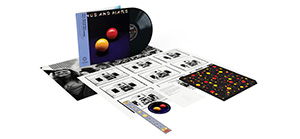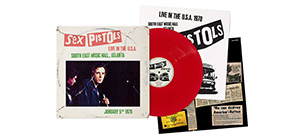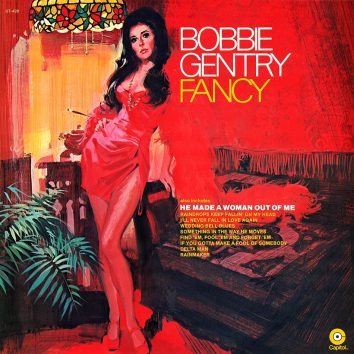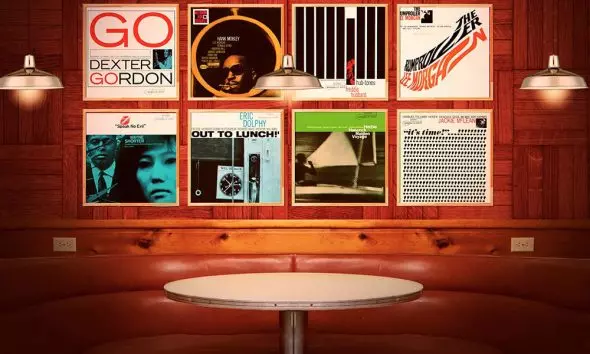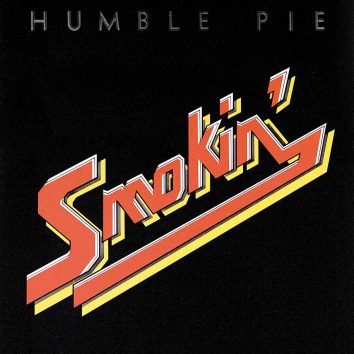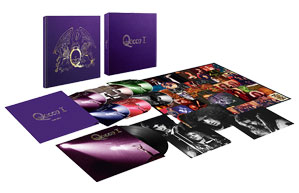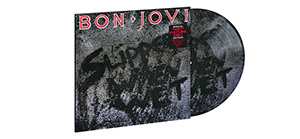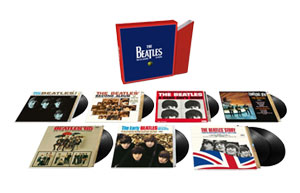‘You’ve Got It Bad Girl’: Quincy Jones’ Early Solo Triumph
Q’s solo releases are comfortably soulful and sophisticated. This 1973 effort is no exception.
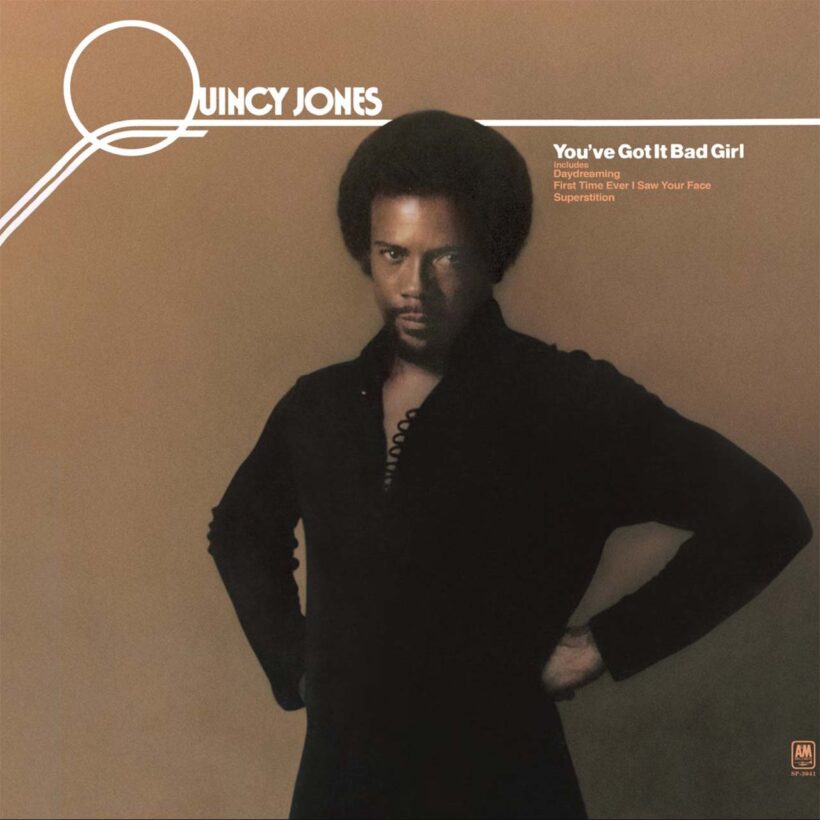
Quincy Jones’s achievements in music are most often defined by his work in support of others: countless film and television scores; orchestral arrangements for icons like Ray Charles, Frank Sinatra, and Dinah Washington; signature productions for the Brothers Johnson, Rufus and Chaka Khan, George Benson et al. And inevitably, his stewardship of Michael Jackson’s creative peaks, Off the Wall and Thriller (the latter being the greatest selling album of all-time).
Love 70s music? Check out our selection of the decade’s best music on vinyl now.
However, Jones’s vast output of recordings released under his own name merits its own volume of appreciation. More than anyone, Q raised the profile of the producer/arranger/composer from a behind-the-scenes figure to the studio svengali/maestro as front-facing artist. Commencing with 1969’s gorgeously atmospheric Walking In Space, his first for A&M, Q’s solo releases established a style that was comfortably soulful and sophisticated: reliable pop and jazz treatments potently re-envisioned via his large ensemble arrangements and access to the business’s consummate musicians.
1973’s You’ve Got It Bad Girl finds him applying these amalgamated skills to his most explicitly R&B-oriented effort to that point – a reflection of the soul and funk explosion of the time. Thematically it’s also an exploration of contrasting moods. Its first half (Side-A on the original vinyl) is a lush, mellow affair with nods to Aretha Franklin, Roberta Flack, and the title track’s rendition of the Stevie Wonder Talking Book classic. Though pleasantly “easy listening”-bordering (with Q even contributing intermittent, tentative vocals – not particularly his strong suit), they are dwarfed by the LP’s extraordinary lead cut, a re-imagining of the Lovin’ Spoonful’s “Summer In the City.” In its original mid-’60s pop iteration, the tune was a jingle for the daily bustle and cacophony of metropolitan life. Here, Jones reinvents it as a sensuous jazz-soul groove anchored by organ, Fender Rhodes, and frequent collaborator Valerie Simpson’s sultry singing; you can practically see the heat wave lines emanating off the concrete. (The early ‘90s hip-hop crowd concurred, sample-raiding various sections of it for tracks by The Roots, Black Moon, and most famously, The Pharcyde’s nostalgic 1992 schoolboy crush anthem, “Passin’ Me By.”)
You’ve Got It Bad Girl’s livelier second half can’t match that sublime moment, but is more musically consistent. Another Stevie Wonder cover, “Superstition,” is elevated by invaluable vocal and harmonica help from “Three Beautiful Brothers” (i.e. Bill Withers, Billy Preston, and Stevie himself). A spirited take of Dizzy Gillespie’s Cubop jazz standard “Manteca” finds Bob James, Phil Woods, and Duke Ellington Orchestra legend Cat Anderson beautifully soloing and swinging on electric piano, alto saxophone, and trumpet respectively. Though essentially novelty numbers, “Sanford & Son Theme” and “Chump Change” are nonetheless irresistible. The former, from the Redd Foxx hit sitcom, employs hopped up clavinet and harmonica in its evocation of Watts junkyard hijinx; the Bill Cosby-co-written latter mines whistle-led big band funk in a sequel to Q and Cos’s previous, “Hikky-Burr.” Jones would continue to refine this sleekly orchestrated R&B-minded approach through the remainder of the decade, culminating in 1981’s The Dude. Nominated for a dozen Grammy Awards and winning three, that album represents a high point in a career flush with them. And one whose triumphs are suggested in the sparks of brilliance within You’ve Got It Bad Girl.




